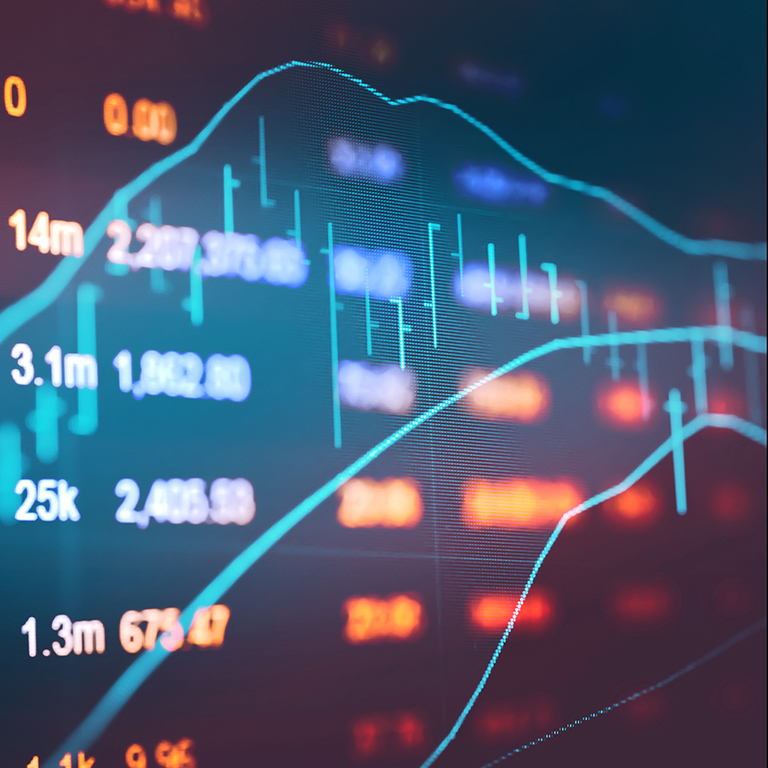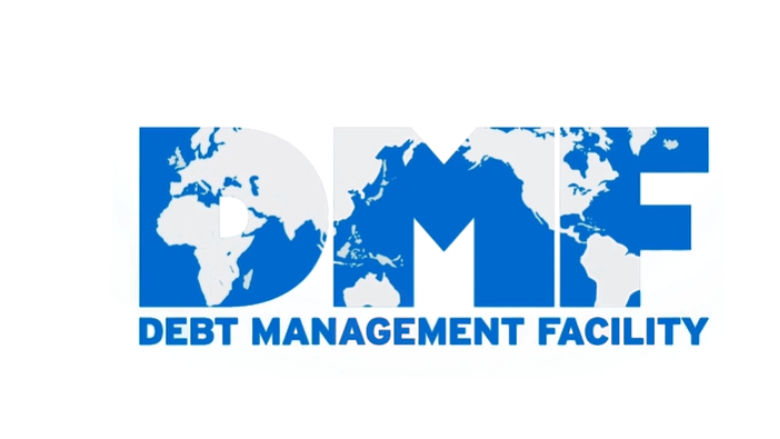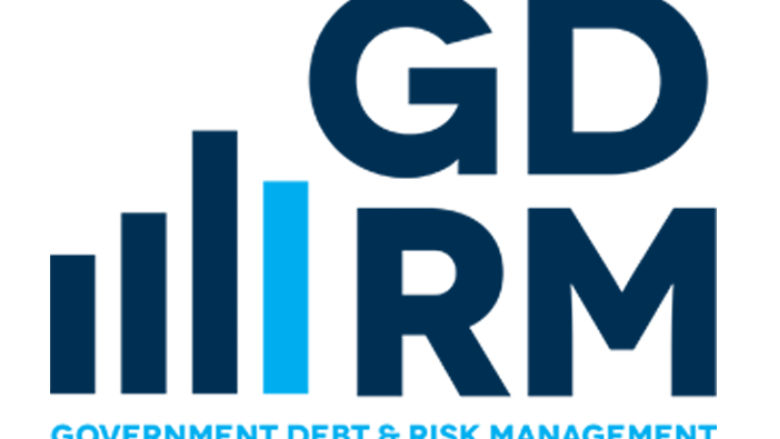Achieving the Sustainable Development Goals requires significant investment—in infrastructure, human capital, and climate change resilience, among other areas. But governments in developing countries are often limited in their ability to mobilize domestic revenues or private investment, while external grants are scarce.
Debt financing is critical for development. But it must be transparent, well-managed, and used in the context of a credible growth strategy. Yet, too often, this is not the case. Public debt at unsustainable levels harms growth, with consequences to the most vulnerable citizens. It can inhibit private investment, increase pressures on social and infrastructure spending, and limit governments’ ability to implement reforms.
Over the past decade, external debt in low-income countries has risen at a pace exceeding economic growth. Multiple shocks since 2020 have further exacerbated vulnerabilities. Currently, 52 percent of low-income countries are assessed as facing a high risk of debt distress or are already in debt distress.
The coming years pose significant challenges for this group of countries. Higher levels of debt combined with global interest rate hikes in 2022 and 2023 have raised debt servicing costs. In 2023, low-income countries are estimated to having spent an average of 7.5 percent of their budgets on debt service, with interest payments reaching 20 percent of revenue. This is more than what these countries spend on health and education combined. Moreover, many countries are grappling with net negative debt flows, where loan repayments surpass inflows from new borrowing, resulting in mounting liquidity pressures that are likely to recur as countries face both higher debt service and spending pressures in a restrictive global environment.
Debt management and transparency need to be top priorities so new debt adds to growth and contributes to macroeconomic stability. Policy makers in borrowing countries need reliable debt information to make sound borrowing decisions. Creditors, donors, analysts, and ratings agencies need full information to assess country debt and assess investment opportunities. Citizens can hold governments accountable if they have transparency on the terms and purpose of debt.
The World Bank works to assess developing countries’ debt sustainability and to bolster their debt transparency and management capacity. In addition, we provide substantial resources to debt-distressed countries through high-concessional financing and play an active role in improving the global sovereign debt architecture.
Last Updated: Oct 21,2024






